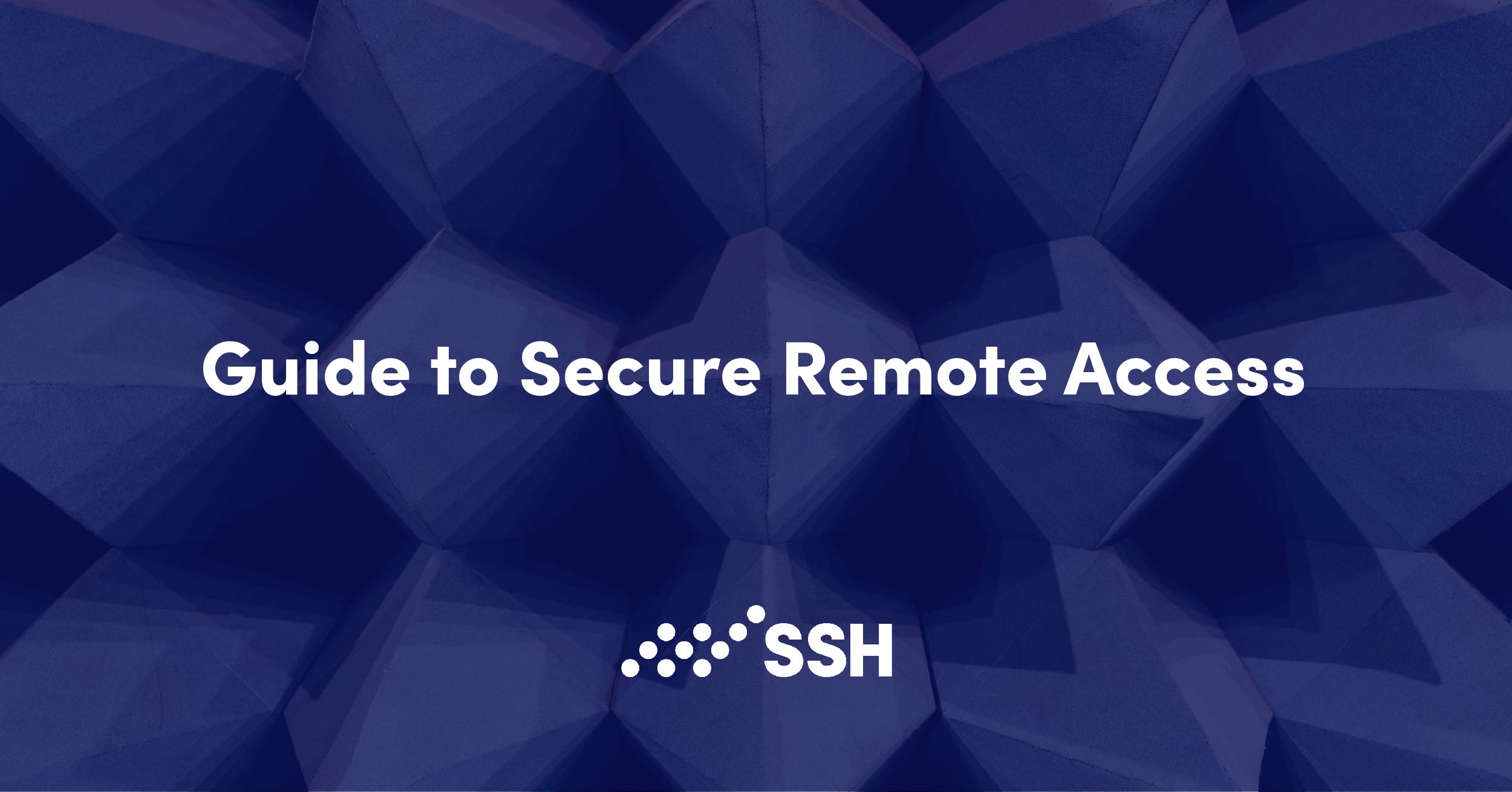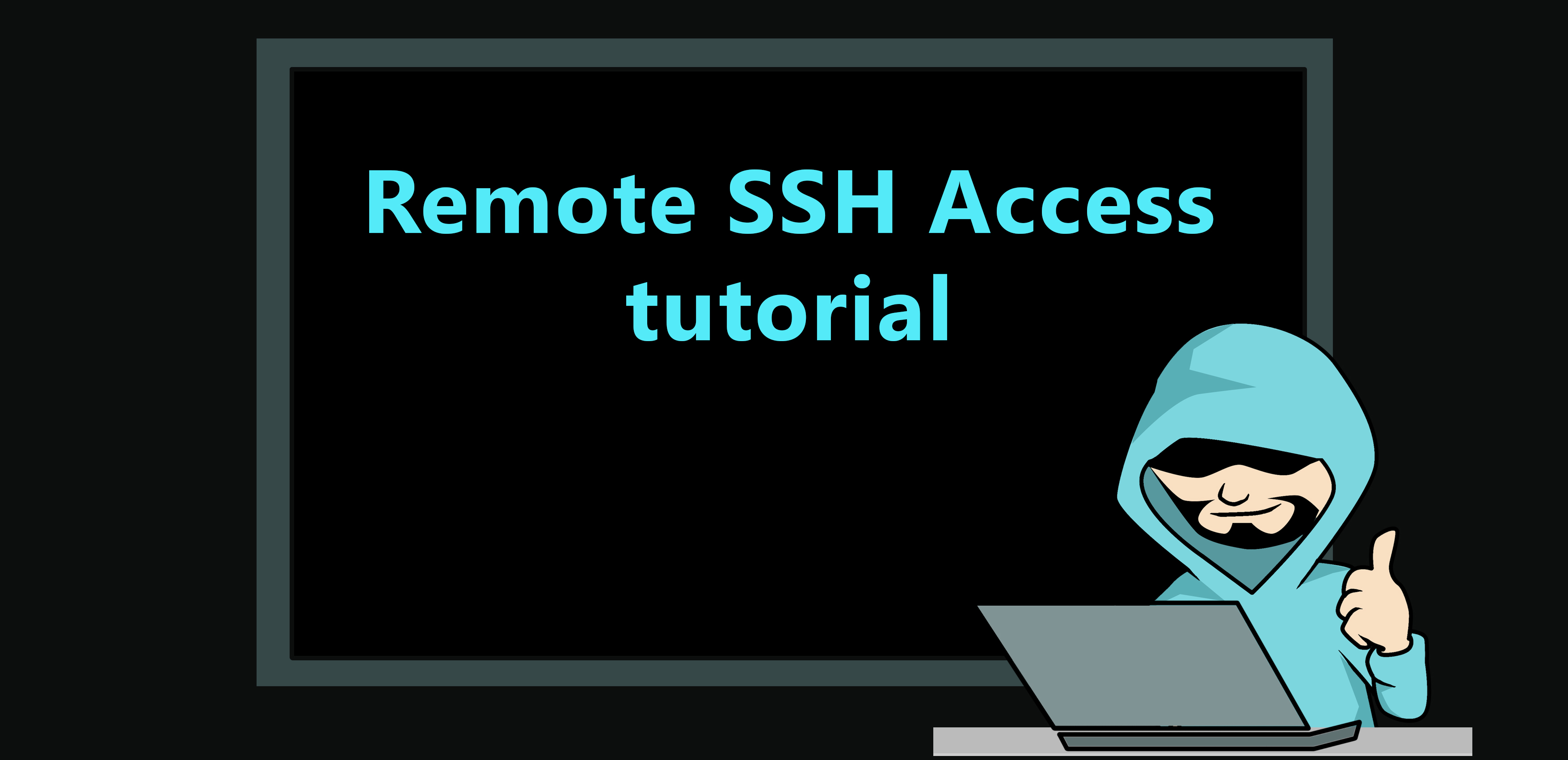Let’s face it, securing remote SSH access is more important than ever in today’s digital landscape. As more businesses and individuals rely on remote connections, the risk of unauthorized access has skyrocketed. SSH (Secure Shell) is the go-to protocol for secure communication, but it’s not bulletproof unless you take the right precautions. In this guide, we’ll dive deep into how you can fortify your SSH connections and keep your data safe from prying eyes.
Imagine this: You’re working from home, logging into your company’s server via SSH. Everything seems fine until one day, you discover someone else had been poking around where they shouldn’t. It’s a nightmare scenario, right? That’s why understanding how to secure remote SSH access is crucial. Whether you’re a tech-savvy admin or just starting out, this guide has got you covered.
We’ll break down everything you need to know about securing remote SSH access step by step. From configuring firewalls to setting up two-factor authentication, we’ve got all the tools and tricks to help you build an impenetrable fortress around your SSH connections. So grab a coffee, sit back, and let’s get started!
- Unraveling The Enigma The Ending Of Lost Series
- Evan Peters The Versatile Star Who Continues To Captivate Audiences
Understanding SSH: The Backbone of Secure Remote Access
Before we jump into securing remote SSH access, it’s essential to understand what SSH actually is. SSH stands for Secure Shell, and it’s a cryptographic network protocol designed to provide secure communication over unsecured networks. Think of it as a virtual tunnel that encrypts your data so no one can eavesdrop on your conversations with the server.
SSH is widely used for tasks like remote command-line login, file transfers, and even tunneling other protocols. However, its popularity also makes it a prime target for attackers. Hackers love exploiting weak SSH configurations, so it’s up to you to make sure your setup is rock-solid.
Why SSH Security Matters
SSH security isn’t just about protecting your personal files; it’s about safeguarding your entire infrastructure. If an attacker gains access to your SSH server, they could wreak havoc by stealing sensitive data, installing malware, or even taking over your entire network. Yikes! But don’t worry, with the right strategies, you can significantly reduce the risk of such incidents.
- The Mist Book Ending A Detailed Exploration Of Stephen Kings Masterpiece
- Erin Moriarty The Boys A Comprehensive Guide To Her Role And Impact
Here’s a quick rundown of why securing SSH is so critical:
- Data Protection: Prevent unauthorized access to your sensitive information.
- Compliance: Meet industry standards and regulations that require secure data handling.
- Peace of Mind: Knowing your systems are secure allows you to focus on more important tasks.
Top Threats to SSH Security
Now that we know how important SSH security is, let’s talk about the threats lurking in the shadows. Believe it or not, SSH attacks are more common than you might think. Here are some of the top threats you should be aware of:
Brute-Force Attacks: Hackers use automated tools to try thousands of username and password combinations until they find the right one. It’s like a digital version of trying every key in a keyring until the lock opens.
Man-in-the-Middle (MitM) Attacks: In this scenario, an attacker intercepts your SSH session and impersonates both you and the server. Scary stuff, right?
Configuration Errors: Sometimes, the biggest threat isn’t external—it’s internal. Misconfigured SSH settings can leave gaping holes in your security that attackers can easily exploit.
How to Identify SSH Vulnerabilities
Knowing the threats is half the battle, but how do you identify vulnerabilities in your SSH setup? Start by auditing your current configuration. Look for weak passwords, unused accounts, and outdated software. Tools like Nmap and OpenVAS can help you scan for potential weaknesses before attackers do.
Here’s a checklist to help you get started:
- Review your SSH configuration file (usually located at /etc/ssh/sshd_config).
- Check for default settings that could be exploited.
- Test your server for open ports and unnecessary services.
Best Practices for Securing Remote SSH Access
Alright, now that we’ve covered the basics, let’s dive into the meat of the matter: best practices for securing remote SSH access. These tips will help you fortify your SSH setup and keep the bad guys at bay.
1. Disable Root Login
One of the first things you should do is disable root login over SSH. Why? Because the root account has unlimited privileges, and if an attacker gains access to it, they can do some serious damage. Instead, create a regular user account with limited permissions and use sudo for administrative tasks.
2. Use Strong Passwords or Key-Based Authentication
Weak passwords are a hacker’s best friend. To beef up your SSH security, consider using key-based authentication instead of passwords. With this method, you generate a pair of keys—one public and one private—that allow you to log in without entering a password. It’s like having a super-secret handshake with your server.
3. Change the Default SSH Port
Attackers often target the default SSH port (22) because it’s the first place they look. By changing the port number to something less obvious, you can deter automated attacks and make it harder for hackers to find your SSH service.
4. Implement Two-Factor Authentication (2FA)
Two-factor authentication adds an extra layer of security by requiring users to provide two forms of identification before gaining access. This could be a password plus a one-time code sent to your phone, for example. Even if someone gets hold of your password, they won’t be able to log in without the second factor.
5. Limit Access to Specific IP Addresses
If you know which devices will be connecting to your SSH server, you can restrict access to specific IP addresses. This way, even if someone manages to guess your credentials, they won’t be able to connect unless they’re coming from an approved IP.
Advanced SSH Security Techniques
For those who want to take their SSH security to the next level, here are some advanced techniques to consider:
1. Use a Firewall
A firewall acts as a gatekeeper, controlling who can and can’t access your SSH server. Tools like iptables or ufw (Uncomplicated Firewall) make it easy to set up rules that block unwanted traffic and allow only legitimate connections.
2. Enable Fail2Ban
Fail2Ban is a nifty tool that monitors your server logs for suspicious activity and automatically blocks IP addresses that show signs of malicious intent. For example, if someone tries to log in with the wrong password multiple times, Fail2Ban will ban their IP address for a specified period.
3. Regularly Update Your Software
Keeping your SSH software up to date is crucial for patching known vulnerabilities. New exploits are discovered all the time, so staying on top of updates ensures you’re protected against the latest threats.
Common Mistakes to Avoid
Even the best-laid plans can go awry if you make common mistakes. Here are a few pitfalls to watch out for:
- Using default settings without reviewing them.
- Ignoring software updates and security patches.
- Reusing passwords across multiple accounts.
By avoiding these mistakes, you’ll be well on your way to creating a secure SSH environment.
Tools and Resources for SSH Security
No man is an island, and neither is your SSH server. There are plenty of tools and resources available to help you secure your remote SSH access. Here are a few of our favorites:
- SSHGuard: A program that protects SSH servers from brute-force attacks.
- OpenSSH: The most popular SSH implementation, offering robust security features.
- OWASP: The Open Web Application Security Project provides guidelines and best practices for securing SSH and other protocols.
Real-World Examples of SSH Breaches
Let’s take a look at some real-world examples of SSH breaches to see what can happen when security measures fail. In 2019, a major tech company suffered a data breach after attackers exploited a misconfigured SSH server. The breach exposed sensitive customer data and cost the company millions in damages and lost trust.
Another example comes from 2020, when a group of hackers used SSH brute-force attacks to compromise thousands of servers worldwide. The attack highlighted the importance of implementing strong authentication mechanisms and monitoring for suspicious activity.
Future Trends in SSH Security
As technology evolves, so do the methods used to secure SSH connections. Here are some trends to watch for in the coming years:
- Quantum Computing: While still in its infancy, quantum computing has the potential to break traditional encryption methods, prompting the development of quantum-resistant algorithms.
- Zero-Trust Architecture: This approach assumes that no user or device can be trusted by default, requiring continuous verification and authentication.
Conclusion: Take Action Today
In conclusion, securing remote SSH access is a critical task that should not be taken lightly. By following the best practices outlined in this guide, you can significantly reduce the risk of unauthorized access and protect your valuable data. Remember, security is an ongoing process, so stay vigilant and keep learning.
Now it’s your turn! Take a moment to review your SSH configuration and implement the tips we’ve discussed. And don’t forget to share this article with your friends and colleagues so they can benefit from it too. Together, we can make the internet a safer place—one SSH connection at a time.
Table of Contents:
- Incredible Tv Shows Of The Talented Ji Changwook A Journey Through His Masterpieces
- Jake From Two And A Half Men A Peek Into The Life And Fortune Of Angus T Jones


